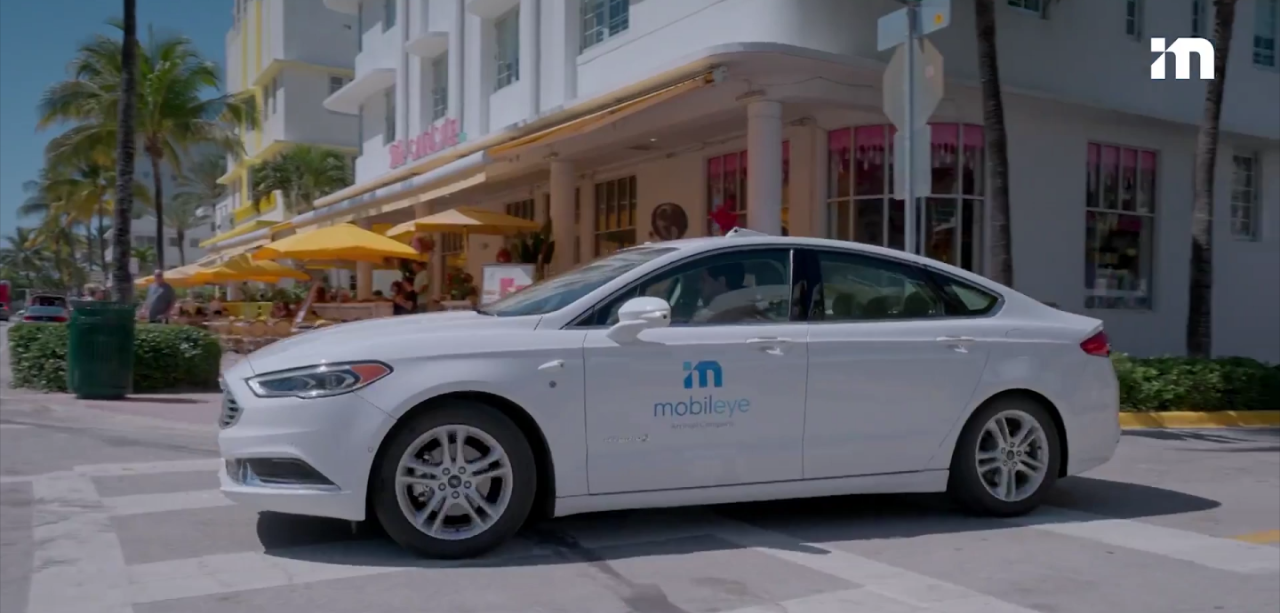Author: Zhushan
A few days ago, Mobileye officially shared a video of their autonomous driving test on YouTube, demonstrating Mobileye’s performance on urban roads in Tokyo, Japan.
In this test, Mobileye adopted the SuperVision + REM solution, which is a combination of pure vision and high-precision map.
The test section was also selected with great sincerity, in the bustling city of Tokyo, covering scenarios such as elevated bridges and urban roads, with a similar traffic density to driving in China.
So, what is Mobileye’s level of autonomous driving now?
Let me talk about the impressive things in this video first, which demonstrate its ability to handle special scenarios.
The first scenario is when the car has just traveled a distance and is on a solid line road with double lanes, Mobileye detects an accident ahead and boldly crosses the lane to change lanes, demonstrating a very humane aspect.
Because we have experienced some Robotaxi before, facing solid line roads, they could not change lanes at all and could only be manually taken over, while there was no hesitation in Mobileye, which passed smoothly.
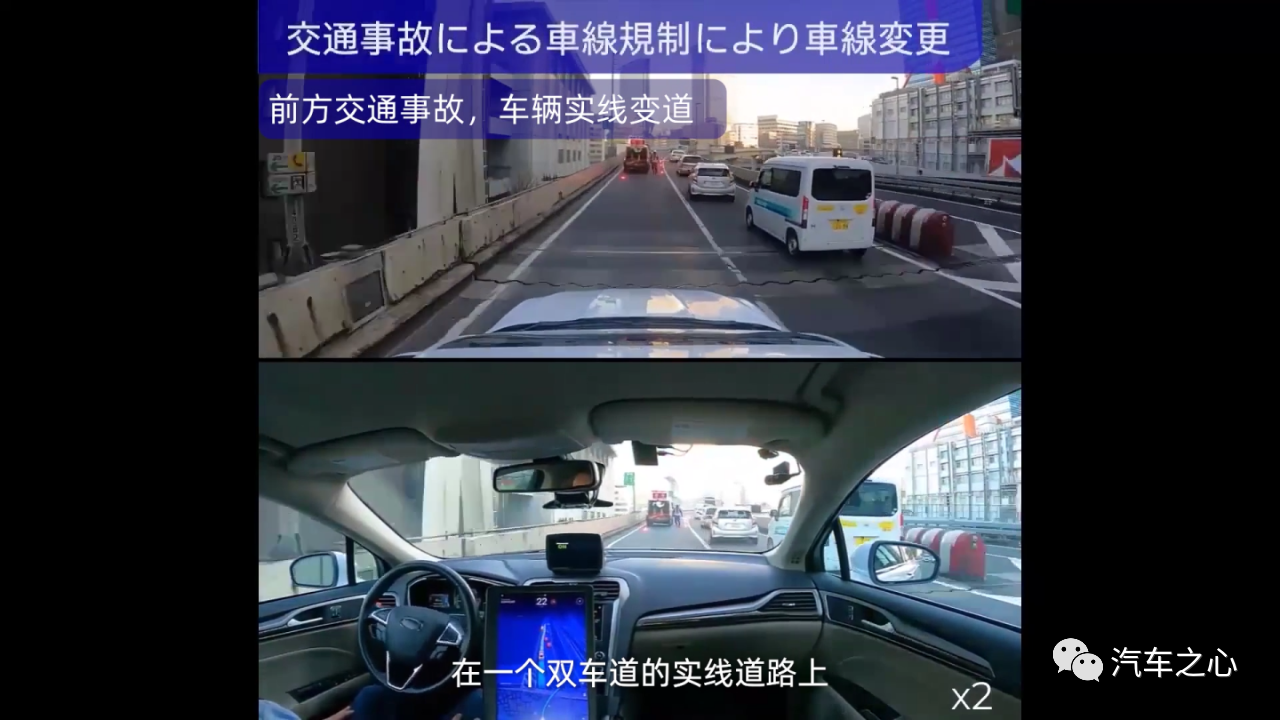
The second scenario is when the car identifies the status of the traffic lights through the camera and makes a very large unprotected right turn. Again, there was no need to take over manually.
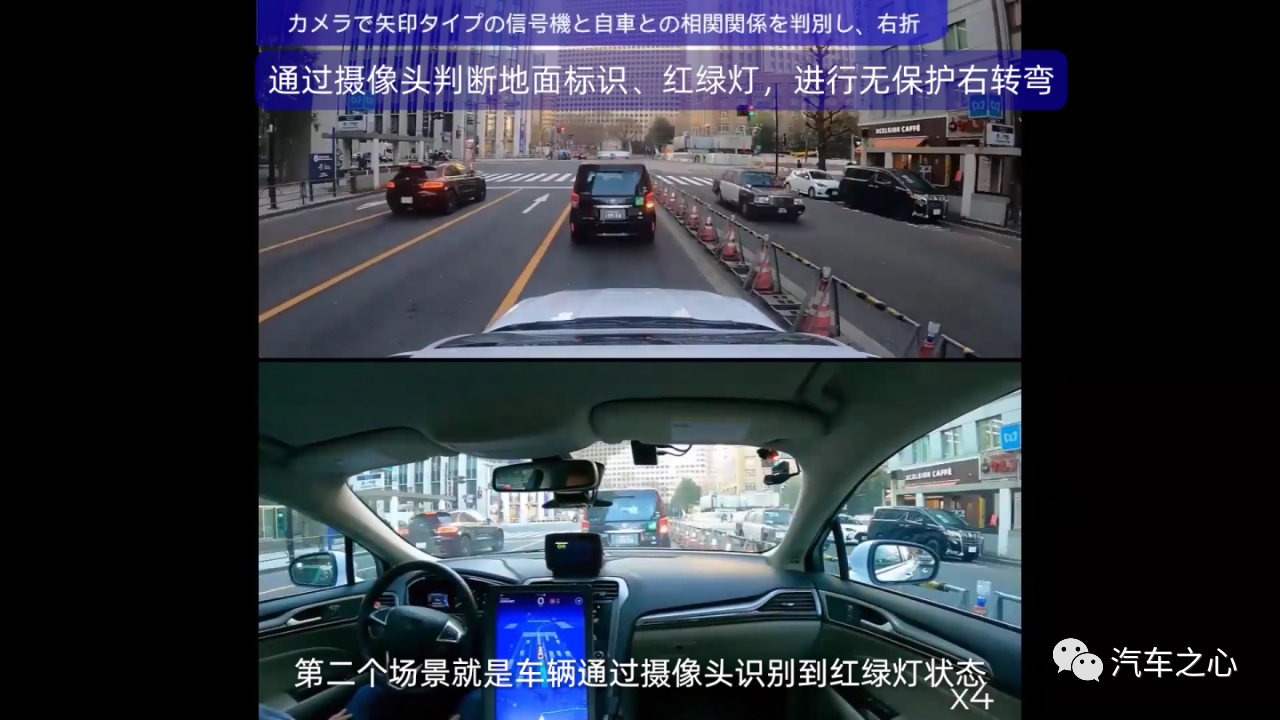
The third scenario is when the car changes lanes and goes around the right-turn traffic, continuing to move forward.
Here, Mobileye should have recognized the surface guidance or the sign at the intersection ahead through the camera, and knew that it was a right-turn lane, so it had already analyzed that this was not an ordinary intersection waiting for pass, thus it could continue to change lanes and move forward.Translate the following Markdown Chinese text into English Markdown text, professionally, retaining HTML tags inside Markdown, and outputting only the results
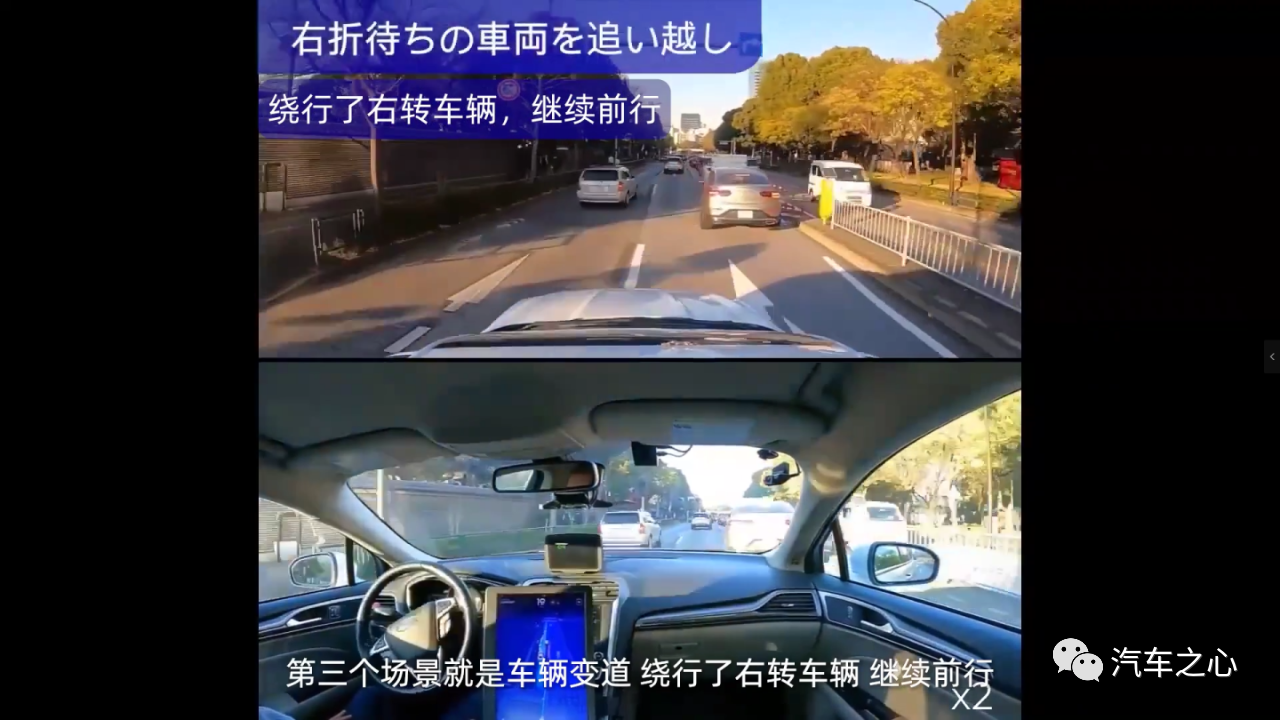
The fourth scenario is that vehicles are constantly entering and exiting tunnels in just a few seconds, and they can still travel smoothly even when there is a huge difference in light.
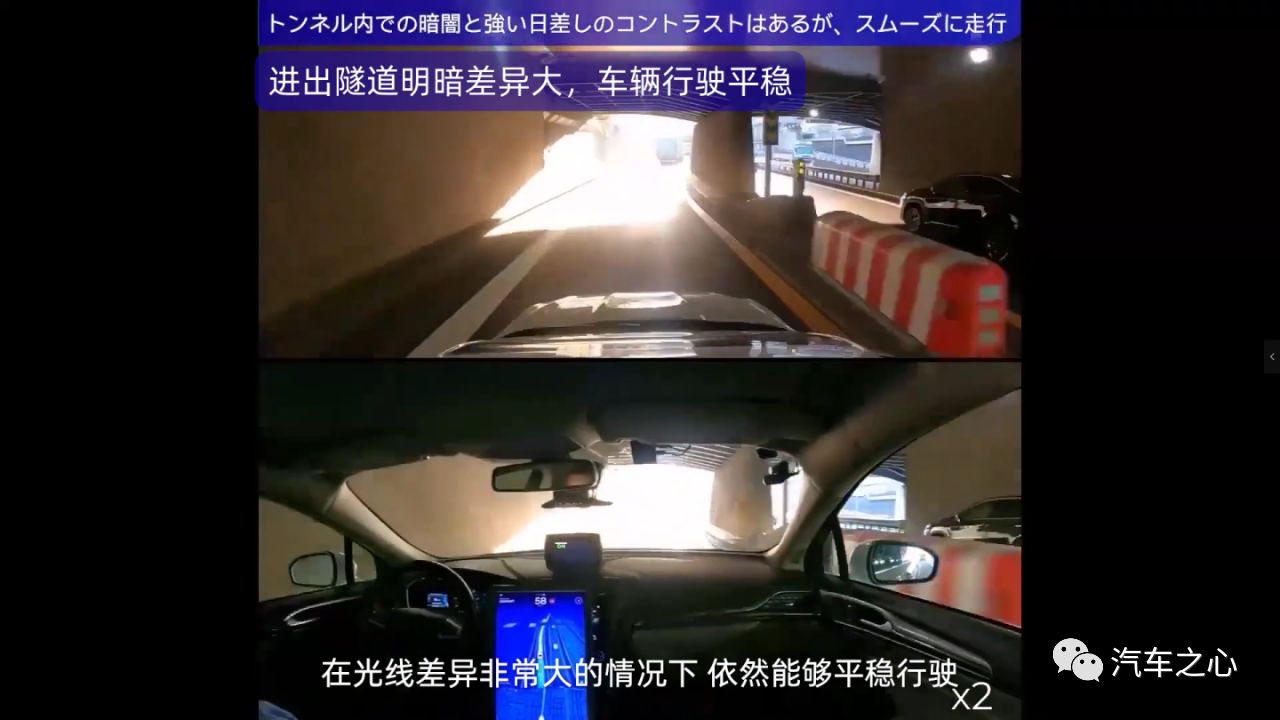
In other aspects, Mobileye’s performance is also remarkable, such as merging into traffic in congested sections, entering the main road from the ramp, identifying roadblocks ahead and changing lanes, and reacting to lane merging. All of these are basic functions that test urban assisted driving.
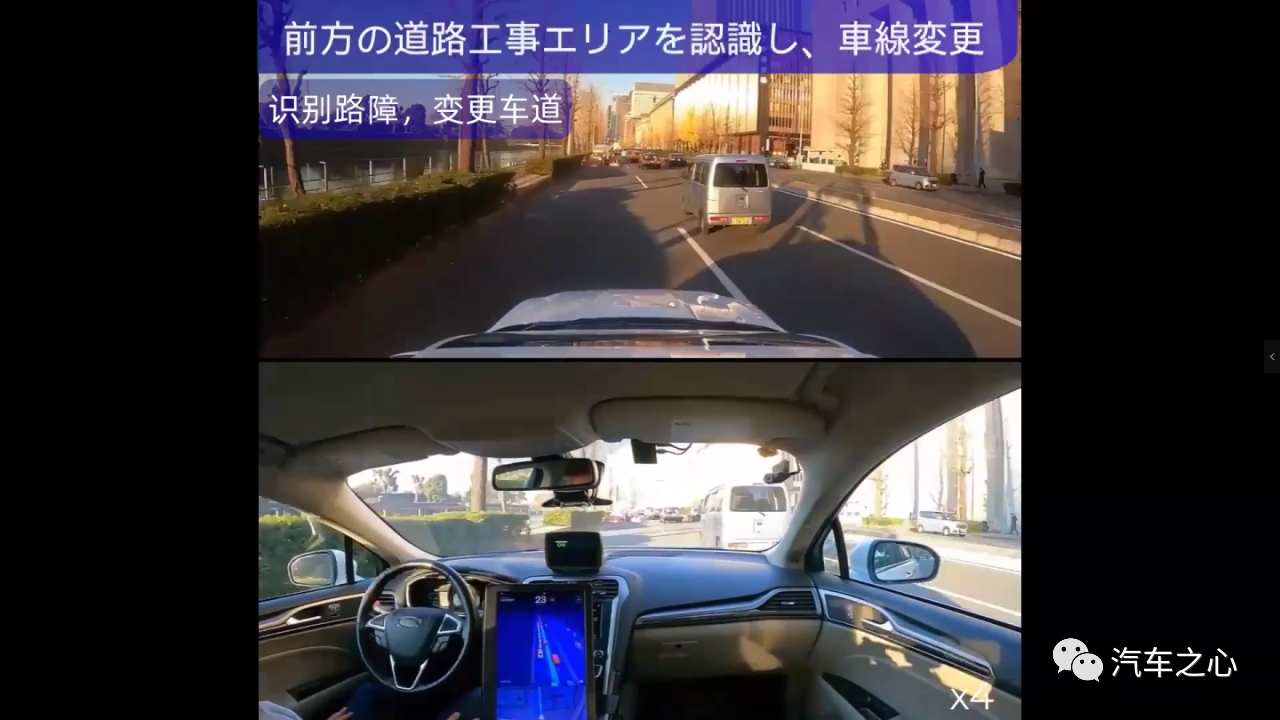
When pedestrians are detected, the vehicle will also slow down and avoid them, and when the pedestrians no longer affect the traffic, the vehicle will quickly start without feeling sluggish.
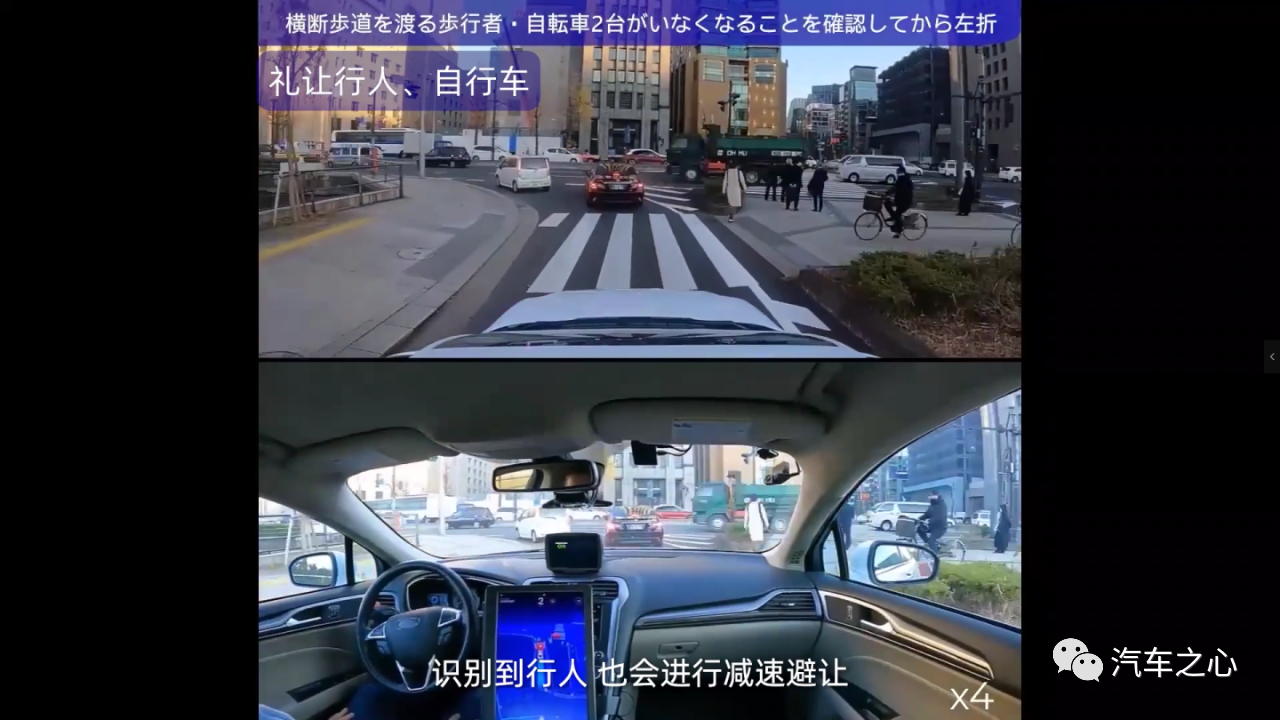
The overall driving distance is relatively long, and the response in different scenarios is relatively good. However, upon closer inspection, it is found that the vehicle travels at a relatively slow speed. Based on the urban road speed limit, it will soon be pulled away by the front car with a large distance and is repeatedly overtaken by cars on the side. This shows that Mobileye is relatively conservative in terms of speed.
In addition, based on the pedestrians’ clothing and vegetation, I deduced that this video was shot last autumn and winter. With this level achieved last year, I believe that this system has also been improved to some extent after a year.
Finally, in mid-August of this year, the Mobileye SuperVision system began to be officially tested on the road.
Mobileye used a hybrid Ford Mondeo to complete a 4-day trip across 6 countries in Southern Europe and Central Europe, covering more than 2000 kilometers of testing.
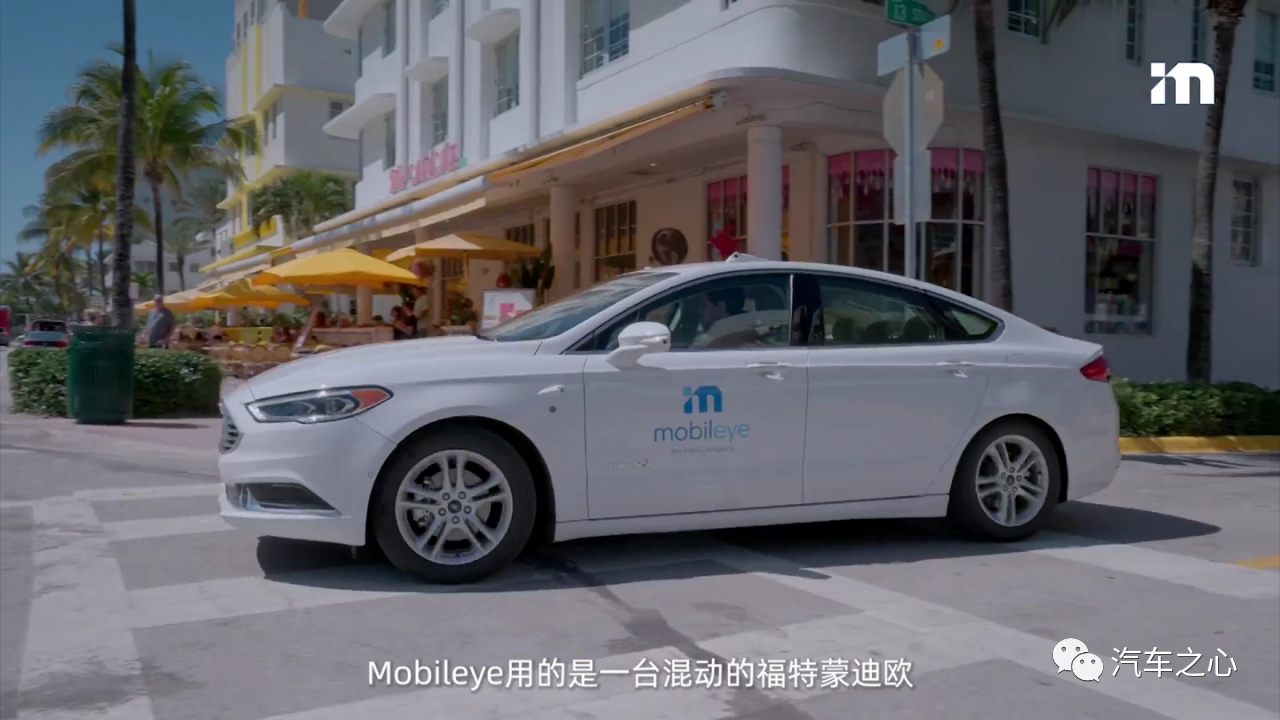
It is worth mentioning that the company stated that their technology only draws maps, and the test vehicles have never traveled on the roads.
 The understanding is that they collected map data through REM, which only included road maps and no vehicles. Therefore, it is a very challenging task for autonomous driving solutions.
The understanding is that they collected map data through REM, which only included road maps and no vehicles. Therefore, it is a very challenging task for autonomous driving solutions.
In the video, we can also see the advantages of REM map data collection in weak network and no network scenarios such as tunnel scenes.
The test car in the video, Mobileye SuperVision, uses a configuration of 11 sensors.
These include 4 bird’s eye view cameras, 2 front cameras of different focal lengths, 2 side front cameras, 2 side rear cameras, and 1 rear camera.
The first domestic model, Zeekr 001, to be equipped with SuperVision, is also equipped with 11 cameras and 2 EyeQ5 High chips integrated on the Mobileye SuperVision ECU.
Zeekr 001 may be the only car that does not have a lidar, but has announced that it can achieve navigation-assisted driving in urban areas.
In the pure visual field, Zeekr 001 offers another possibility besides Tesla.
This year, domestic new carmakers and autonomous driving companies are intensively promoting and releasing city-level NOA, which has become the hottest topic in the autonomous driving industry this year.
It is believed that by the end of this year, we will usher in a surge of city-level assisted driving solutions from various companies.
After watching this video, does Mobileye’s solution’s performance on the road meet your expectations?
Currently, due to regulatory restrictions, REM high-precision map data collection, which Mobileye solutions rely on, cannot enter China for the time being. As consumers, we cannot enjoy the convenience that REM brings us.
Faced with the fierce competition among domestic autonomous driving companies, where will the advantages of Mobileye lie in the future? We will continue to pay attention to the latest developments of Mobileye’s autonomous driving solutions.
This article is a translation by ChatGPT of a Chinese report from 42HOW. If you have any questions about it, please email bd@42how.com.
